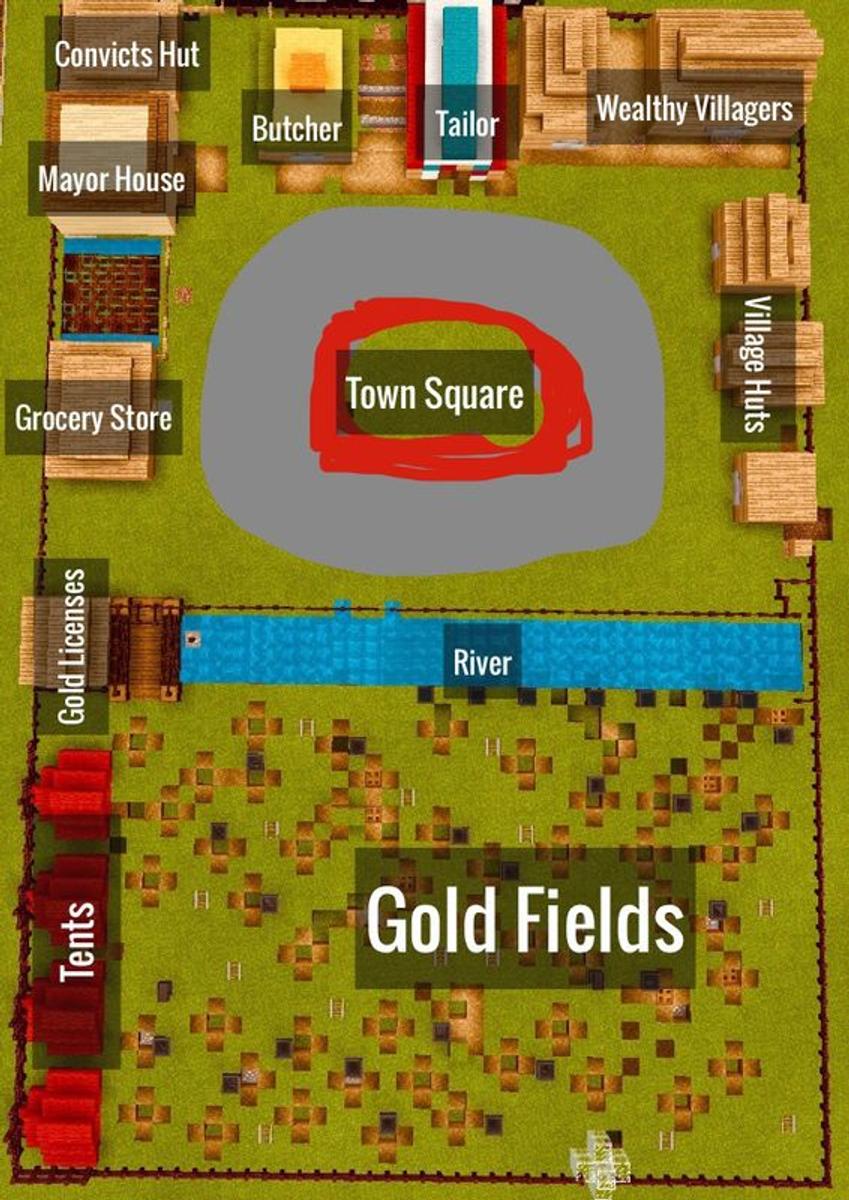Digital Learning

Digital Learning
Digital Learning at Brookside College involves equipping students with the skills to be lifelong digital citizens. This means that students will use technology in a safe and responsible manner and learn essential skills such as collaboration, communication and creativity. In order to allow students to reach their fullest potential in Digital Learning, the College will be utilising EduPass and Microsoft365 as a tool for education.
I’d like to begin by thanking the parents who joined me in the Parent Information Session on June 20th. This information covered important information about Social Media and Digital Reputation. For access to the PowerPoint presentation presented, please click this link.
There are some major updates to the internet access at Brookside College which will be rolled out into Term Three. Any student in Years 7-9 will now access the College internet via an individual Wireless Certificate. Therefore, students who are yet to return their Acceptable User Agreements will not have access to the college network.
We’ve also had the completion of some exciting and engaging Digital Technology lessons throughout the college. The students in lower Primary have completed a successful exploration of the functions of Seesaw. Using Seesaw will be able to give our Brookside families a snap shot as to what is being completed in the classrooms.
The Year 3’s used Sphero’s (small sphere shaped robots) to practise their coding and robotics skills – this is an important predecessor to their Digital Learning for Term 3. The Year 4’s have either participated in Animations or Cyber Safety, next semester the classes will switch, meaning animating and Cyber Safety is covered by all students.
Minecraft was incorporated into Year 5 PBL, where the Gold Rush was digitally recreated (please see the images attached). The Year 6’s completed their voyage to Mars successfully through their Virtual World learning.
We look forward to all the Digital Learning that Term 3 brings with it.
Parents and families are once again directed to the eSafety Commissioner’s website for support tackling the big issues, skills and advice, a Screen Smart Parent Tour and an Online Safety Guide. Below is some information from the eSafety Commissioner on Cyberbullying:
Cyberbullying
Cyberbullying is the use of technology to bully a person or group with the intent to hurt them socially, psychologically or even physically.
What does cyberbullying look like?
Examples of cyberbullying include:
- abusive texts and emails
- hurtful messages, images or videos
- imitating, excluding or humiliating others online
- spreading nasty online gossip and chat
- creating fake accounts in someone’s name to trick or
- humiliate them
I think my child is being bullied
Your child may not tell you if they are experiencing bullying behaviour online because of a fear it might make things worse for them or they may lose access to their devices and the internet.
Signs to watch for:
- being upset after using the internet or their mobile phone
- changes in personality, becoming more withdrawn,
- anxious, sad or angry
- appearing more lonely or distressed
- unexpected changes in friendship groups
- a decline in their school work
- changes in their sleep patterns
- avoidance of school or clubs
- a decline in their physical health
- becoming secretive about their online activities and mobile phone use
What can I do?
Talk to your child about cyberbullying before it happens.
Together you can work out strategies to address any potential issues and reassure them you will be there to support them.
If your child is experiencing cyberbullying:
- Listen, think, stay calm — talk to them about what happened, try to remain open and non-judgemental, ask them how they feel and ensure they feel heard.
- Collect evidence — it is a good idea to collect evidence, such as screenshots, of the bullying behaviour, in case you need to report it later on.
- Block and manage contact with others — advise your child not to respond to bullying messages and help your child block or unfriend the person sending the messages.
- Report to site or service — many social media services, games, apps and websites allow you to report abusive content and request that it is removed.
- Report to eSafety — if serious cyberbullying is affecting your child and you need help to get the material removed from a social media service or other platform you can make a cyberbullying report to us.
- Get help and support — check in with your child regularly about how they are feeling. If you notice any changes that concern you, get help through a counselling or online support service.




